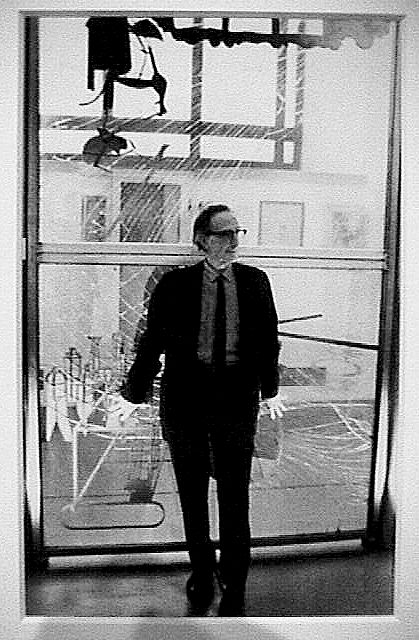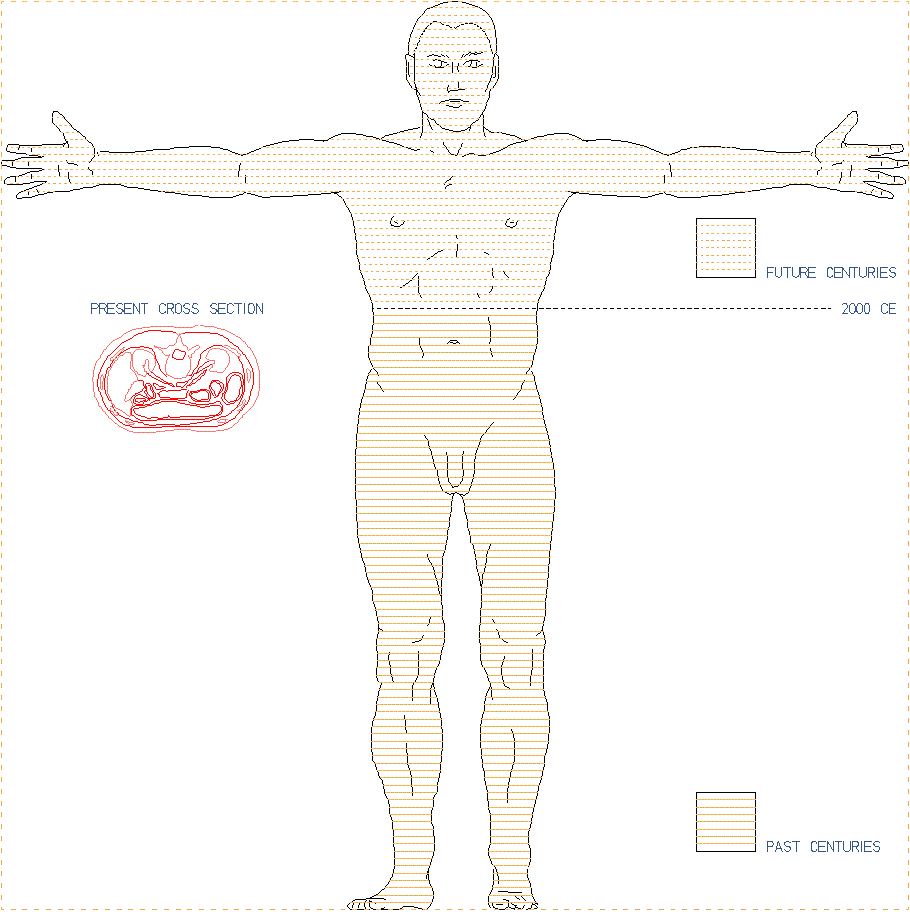
morning still life
2023.05.07
Read this a few days ago:
I suppose that has always been the definition of a monument, something that one needs to be photographed in front of to cement the deal: "I was there." In the past, however, one might not have wanted to align one's identity as an art person with that of the tourist. How many people have had themselves photographed in front of Duchamp's The Large Glass? Apart from the fact that photography is not permitted in the Philadelphia Museum of Art [sic], probably not very many. And, before it was largely underwater, having oneself photographed in front of Robert Smithson's Spiral Jetty, saying cheese and waving to the camera, would almost certainly indicate a lapse of taste or judgment, whichever applies, or at the very least suggest that the subject of such a photograph, as well as the person who snapped the shutter, was high at the time. What that means, of course [sic], is that neither The Large Glass nor the Spiral Jetty, strictly speaking, needs you. Its art status is largely confirmed precisely by that fact--it is autonomous, at least as far as its originating impulse is concerned. That is not to say that it is not meant to be seen. One has either seen The Large Glass or not. But if one were to use a selfie-stick to make an image of oneself waving and smiling in front of it, or in front of the Spiral Jetty, it would simply make that person look like an idiot, or someone deliberately poking fun at Duchamp or Smithson.
David Salle, How To See: Looking, Talking, and Thinking about Art (2016), pp.201-2.

A photo taken 2002.03.01 at the Philadelphia Museum of Art of a photograph taken at the Philadelphia Museum of Art.
2017.05.07



Museumpeacekeepers
2002.05.07

97050701.db
1997.05.07
|